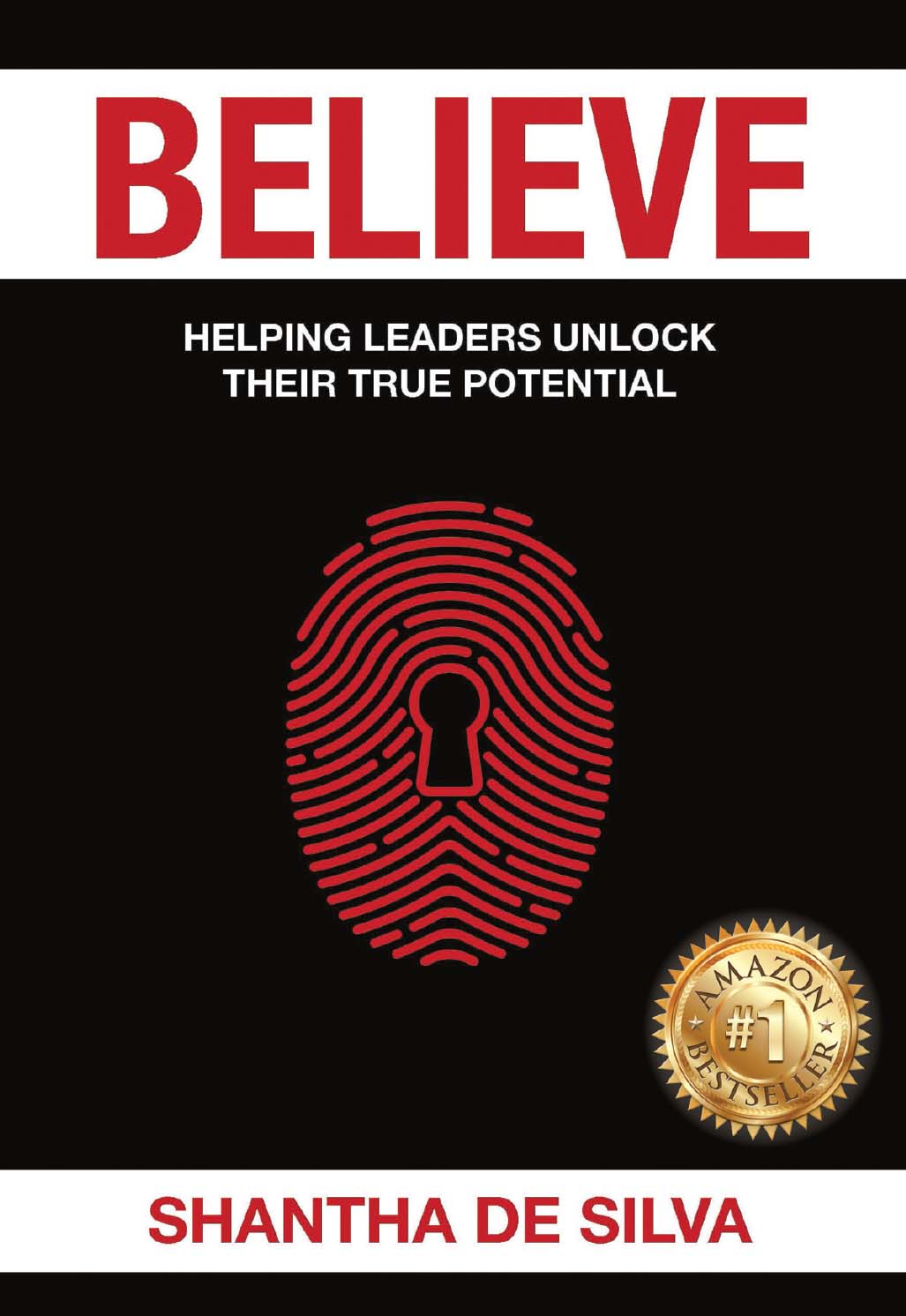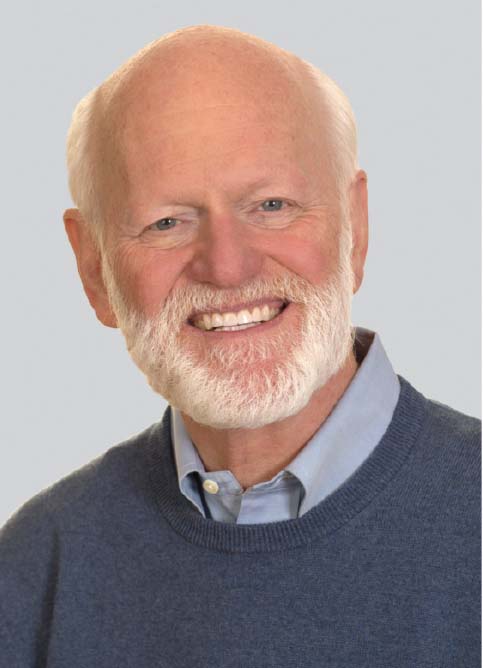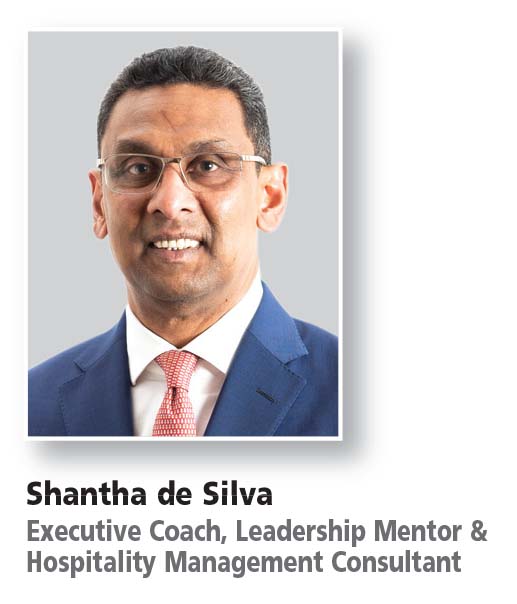PLUS ONE
BELIEVE
Helping leaders unlock their true potential
Q: How did your leadership journey prompt you to develop the BELIEVE model?
 A: Within nine months of starting my first job, I was thrust into a leadership position and found myself supervising my colleagues – many of whom were older than me. As uncomfortable as this was, it also brought out the best in me.
A: Within nine months of starting my first job, I was thrust into a leadership position and found myself supervising my colleagues – many of whom were older than me. As uncomfortable as this was, it also brought out the best in me.
This experience stayed with me throughout my career and I became more comfortable with being uncomfortable – it helped me break the proverbial glass ceiling and often make the impossible possible.
Throughout my leadership journey, my sights were set on seemingly impossible targets; and in most instances, I succeeded. This is because of the leaders I worked with as they challenged me, placed me in uncomfortable situations, took chances on me and believed in me.
The teams I have been fortunate to work with played a significant role in my success as well. So I have looked to pay this forward by sharing my story, and motivating, encouraging and inspiring others to live up to their potential.
 However, one of my sources of frustration was that there are limits to how many people one can reach individually. My goal is to share the secrets of my success with as many people as possible so that they will not only be inspired but do the same for others in turn. This led to the birth of the BELIEVE model.
However, one of my sources of frustration was that there are limits to how many people one can reach individually. My goal is to share the secrets of my success with as many people as possible so that they will not only be inspired but do the same for others in turn. This led to the birth of the BELIEVE model.
As I always say: “The only person who stands between you and success is you.”
Q: What responsibilities do leaders have to themselves and their people?
A: Among their greatest responsibilities is growth. This does not refer to business growth, which is important but merely an outcome. On the other hand, sustainable growth can be achieved by pursuing personal growth for yourself and your teams.
One of my leaders recommended that senior leaders dedicate 10 percent of their time to personal development. In my view, this is not only a necessity but an obligation to one’s organisation as it makes leaders better at what they do, enabling them to operate at a higher level and be more productive.
 Developing others is also an important responsibility. Early in my career, I was a results oriented leader but a leadership coach shed light on what was more important – i.e. people. Not only did this change my leadership style forever but it increased my success manifold and made it more sustainable.
Developing others is also an important responsibility. Early in my career, I was a results oriented leader but a leadership coach shed light on what was more important – i.e. people. Not only did this change my leadership style forever but it increased my success manifold and made it more sustainable.
As leaders, one of our main responsibilities is making businesses sustainable. The ultimate success is when leaders become redundant in their current positions by developing successors so they can move on to greater responsibilities.
I have experienced this many times throughout my career, and these instances have always helped me move to bigger and better things.
Q: How can the BELIEVE model contribute to the development of better leaders?
A: BELIEVE takes you through a process of reflection and anticipation to help with the journey to where you want to be.
The model is inspired by the Stockdale Paradox, which says: “You must never confuse faith that you will prevail in the end – which you can never afford to lose – with the discipline to confront the most brutal facts of your current reality, whatever they might be.”
 I have expanded on these lessons to create a comprehensive model to take leaders from their current realities to envisioning possibilities and implementing actions to realise them. In the process, you look at what can be leveraged and how, and explore and validate options while taking a critical view of what stands in your way.
I have expanded on these lessons to create a comprehensive model to take leaders from their current realities to envisioning possibilities and implementing actions to realise them. In the process, you look at what can be leveraged and how, and explore and validate options while taking a critical view of what stands in your way.
To me, a fundamental factor for leaders’ success is their ability to face the present reality – if they bury their heads in the same and fail to be honest about the prevailing situation, anything they do could be compared to the proverbial house built on sand.
Q: What steps must leaders take to inspire others and contribute to their development?
A: Leaders have an innate responsibility to provide their teams with opportunities to showcase their potential.
Delegation is among the best ways to do so; it helps motivate others by sharing responsibility and accountability. This can be effective in developing people’s potential and talents, as well as accelerating their development.
What’s vital to successful delegation is ensuring people have the capabilities for these tasks, in addition to the interest or passion and support to complete them. Delegating offers greater success when people see the ‘WIIFM’ (what’s in it for me).
And finally, what I consider to be the golden rule is looking out the window and shining the light on the team when things go right, as Jim Collins says. When things don’t go so well, leaders must look in the mirror and take the blame.
 Q: How important is social responsibility for leaders?
Q: How important is social responsibility for leaders?
A: I was exposed to the reality of people with disabilities at a young age. Later in life, this inspired me to lead a national initiative for the Singaporean government to create employment opportunities for those with disabilities.
In this role, I had the opportunity to conceive and implement workplace-based centres for training and integration to enhance the employability of those with disabilities. This helped the hotel where I was employed, which went on to have disabled people comprising 10-15 percent of its workforce.
We’re blessed to be who we are and part of our responsibility is sharing these blessings with the less fortunate. As leaders, we benefit from the community and have an obligation to do our part for it.
– Compiled by Lourdes Abeyeratne
INTERVIEWEE DETAIL
Shantha de Silva
Executive Coach, Leadership Mentor &
Hospitality Management Consultant
COMPANY DETAILS
Telephone:+61 4 29523686
Email:Shantha.de.silva@outlook.com.au
Website:www.shanthadesilva.com



